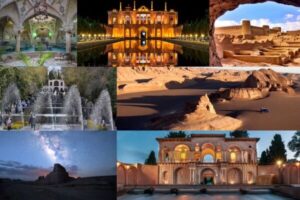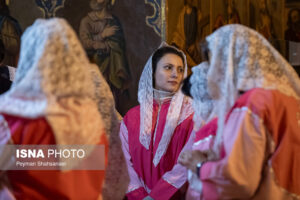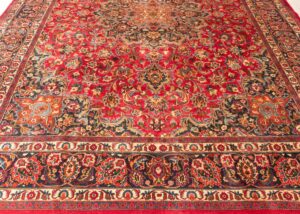Qeshm stretches over 1,491 square kilometers, making it larger than many sovereign countries, including Bahrain and Singapore. Situated opposite the coast of Hormozgan Province and about 22 kilometers from Bandar Abbas, the island sits at the mouth of one of the most important maritime trade routes in the world—the Strait of Hormuz.
But beyond its strategic location, Qeshm is known for its breathtaking biodiversity. The island is home to the Hara Forests, an expansive mangrove ecosystem covering over 8,000 hectares, recognized by UNESCO as a biosphere reserve. These forests serve as vital breeding grounds for migratory birds, fish, and reptiles and help maintain the ecological balance of the Persian Gulf.
Qeshm also features 26 geosites that make up the Qeshm Island Geopark, which became the first geopark in the Middle East to be registered under the UNESCO Global Geoparks Network in 2006. After a brief removal, it was reinstated in 2017 due to improved conservation efforts.
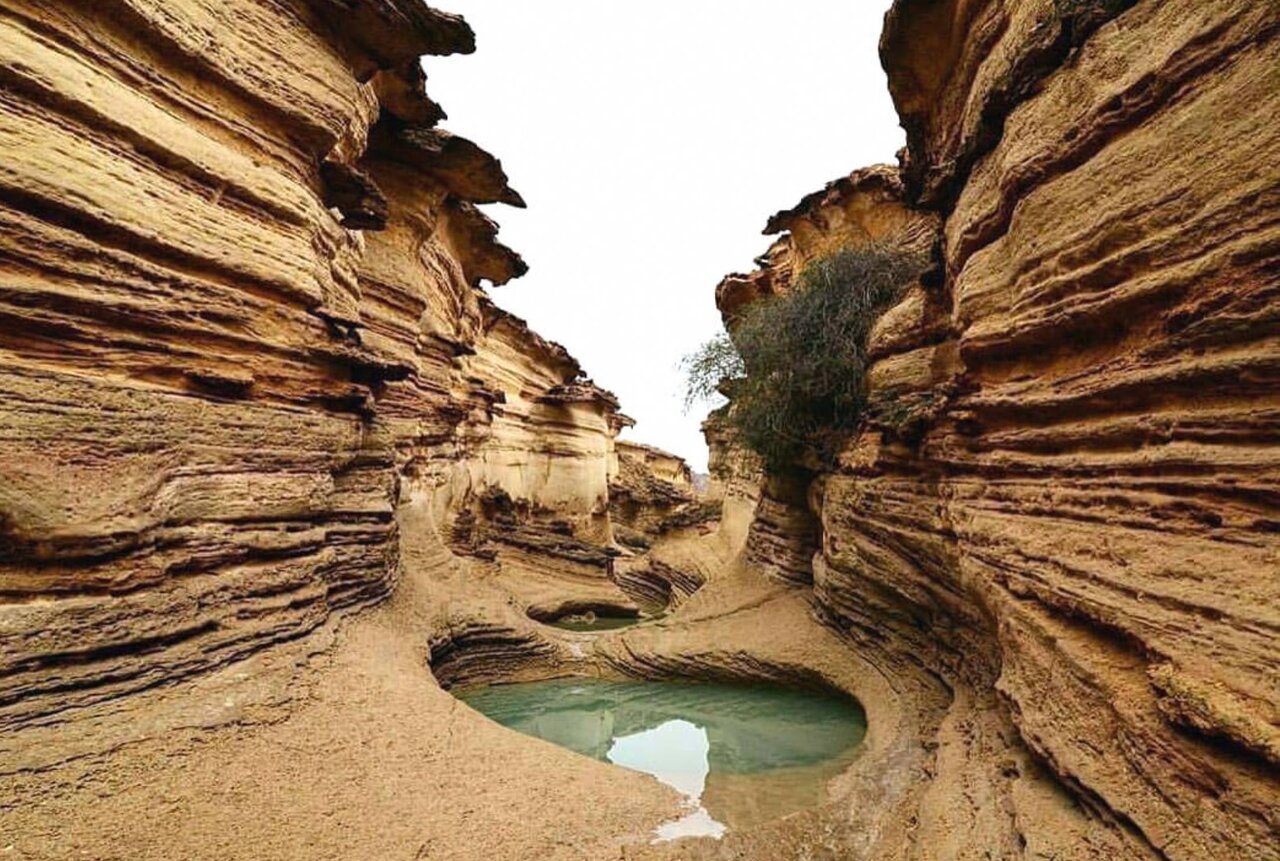
Geological Wonders: Stars, Valleys, and Caves
Qeshm Island is often described as a “natural geology museum” due to its array of spectacular rock formations and landscapes. Perhaps the most iconic is the Valley of the Stars, a maze of narrow canyons and towering formations sculpted over millennia by wind and rain. Local legends claim that a star once fell here, giving the valley its name and mysterious aura.
Another significant attraction is the Chahkooh Canyon, a natural wonder carved into salt-limestone mountains by centuries of water erosion. With vertical cliffs and tight gorges, Chahkooh offers geologists and tourists alike an unforgettable exploration experience.
Equally impressive is the Namakdan (Salt) Cave, one of the longest salt caves in the world, stretching over 6 kilometers. The cave contains salt stalactites and crystal formations believed to be over 500 million years old, along with underground salt rivers. The cave’s salt is also noted for its medicinal properties, especially in treating respiratory conditions.
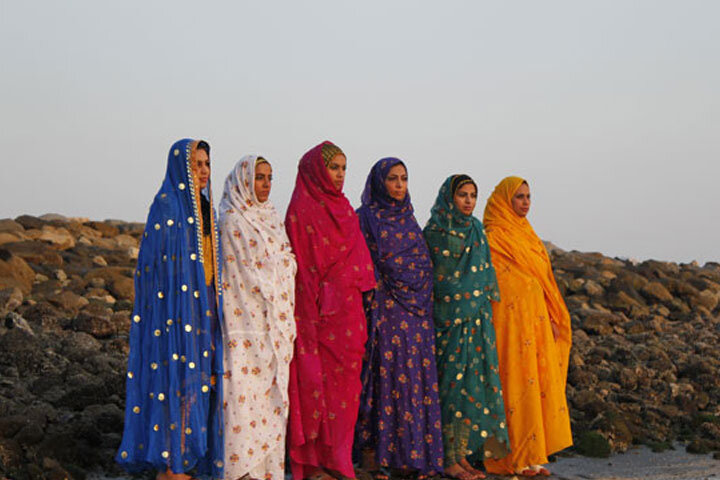
Cultural Heritage and Local Communities
Today, Qeshm is home to diverse ethnic groups. Traditional crafts such as Lenj-building (wooden dhow shipbuilding), Bandari embroidery, and mat weaving are still practiced, keeping centuries-old maritime and cultural traditions alive. The island’s women are often seen wearing unique face masks, or “burqas,” a local tradition that has both cultural and practical origins.
The annual Nowruz Sayadeen (Fishermen’s New Year) festival and other local rituals reflect a deep connection to the sea and nature. Music, storytelling, and folklore are vital components of island culture, passed down through generations.
Fisherman’s Nowruz is an ancient festival in southern Iran, especially on Qeshm Island, held in late July or early August. It symbolizes the end of the fishing season and respect for the sea and aquatic life. On this day, fishermen celebrate and refrain from fishing.
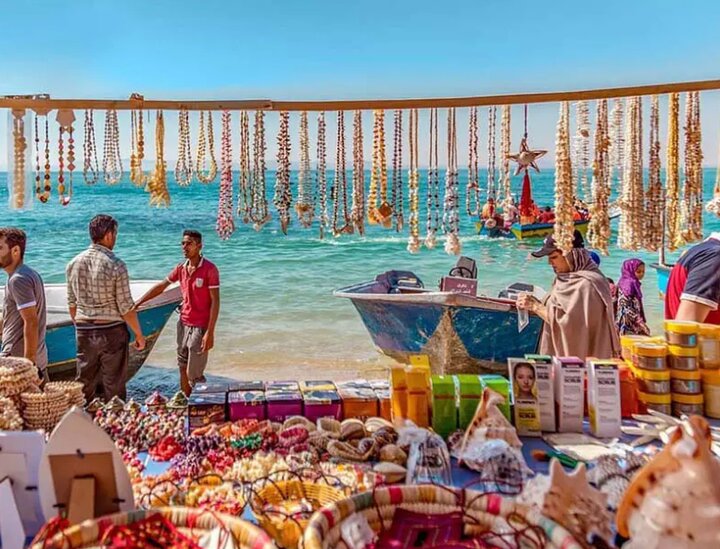
Qeshm Island is one of Iran’s best-kept secrets—an island of myths and minerals, culture and commerce, nature and narrative. As Iran seeks to expand its tourism and diversify its economy, Qeshm stands as a model of what can be achieved when natural beauty meets strategic vision.
For travelers, scientists, investors, and policymakers, Qeshm offers a compelling destination where history, geology, and human resilience converge—waiting to be explored, studied, and preserved.


